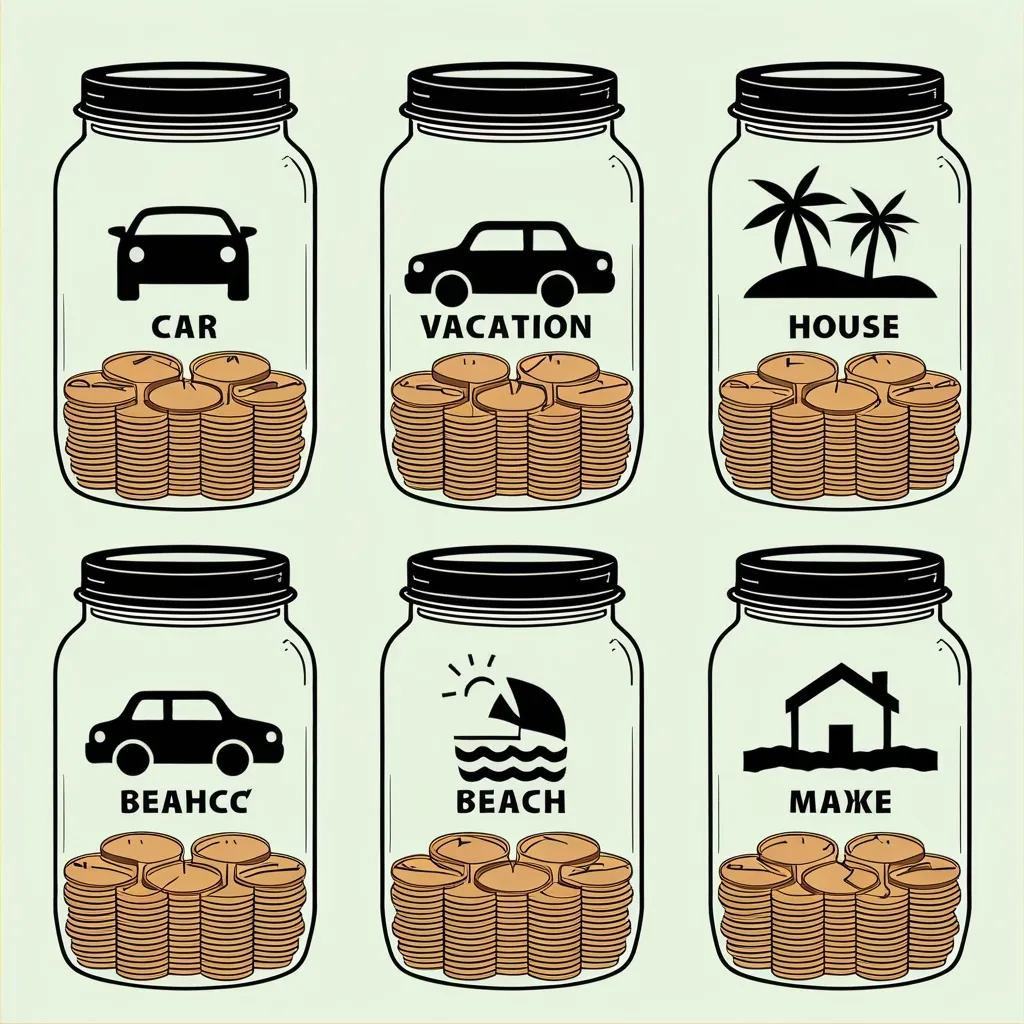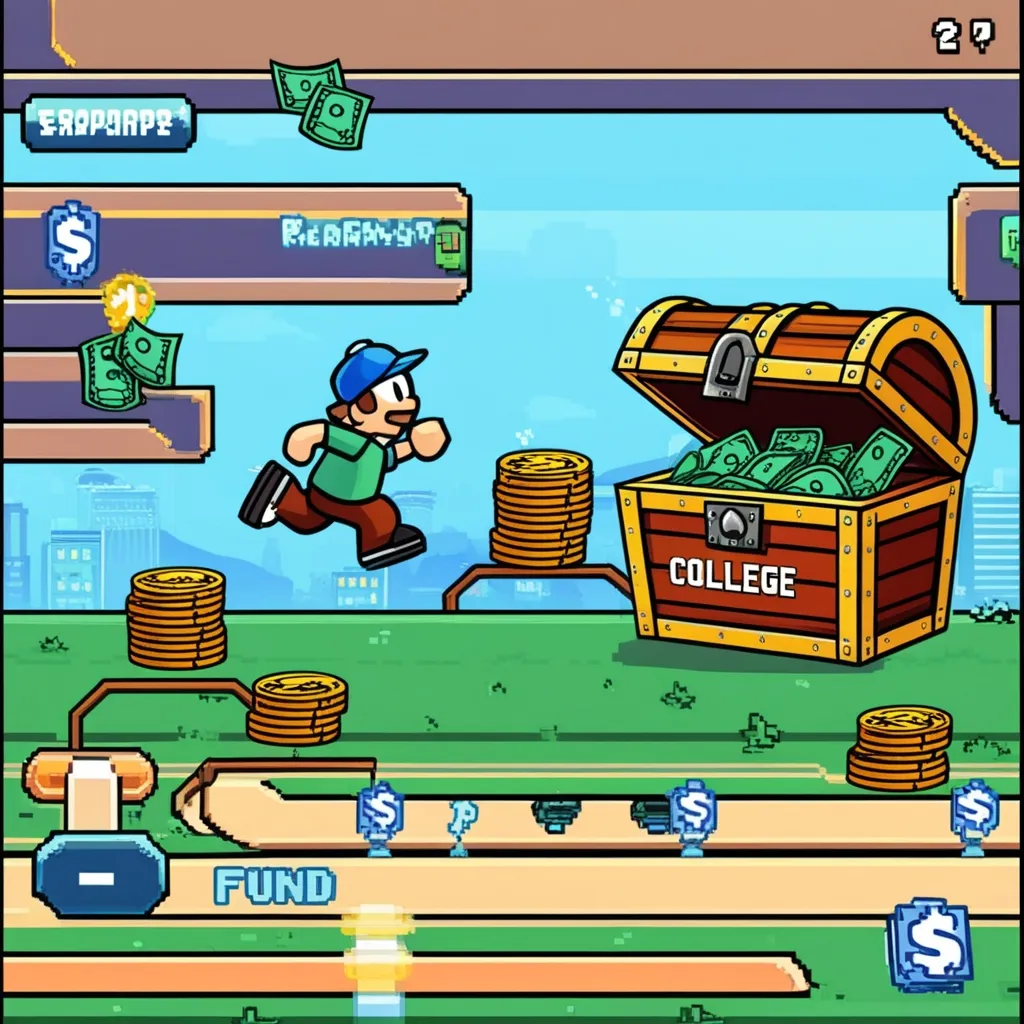Imagine this. You’ve got a plan, a neat little trick up your sleeve, ready to tackle those hefty, unexpected expenses without throwing your budget into chaos. Meet the sinking fund—a nifty financial strategy that takes the sting out of big-ticket expenditures by letting you save a little bit at a time.
Alright, what exactly is a sinking fund? Picture it as a special savings account tucked away for distinct financial goals. Unlike your general pot of savings, this one’s split into smaller, goal-specific funds. It’s like having a bunch of mini-piggy banks under your mattress, each tagged for a future expense. This way, you’re not draining your emergency stash or scrambling for loans when the time comes. You’re prepared.
Here’s how it works. You spot an expense looming on the horizon—something like replacing your old, faithful car in a few years. You start tossing a fixed amount of money into a separate fund every month, earmarked just for that shiny new ride. When the day of reckoning arrives, you’re not diving into your emergency reserves or hunting for credit cards.
Take, for example, that dream vacation you’ve been yearning for. It’s gonna set you back $5,000 by year’s end. Rather than desperately pulling cash from different corners of your life at the last minute, you smartly save $417 every month. By the end of the year, voila! You’ve got a cool $5,000, ready to be spent on the time of your life, all without the damning shadow of financial stress.
The perks of a sinking fund are golden. First and foremost, it stops you from spiraling into debt. You’re saving up for things incrementally, which means no hefty credit card bills or ominous loans haunting you later. Then there’s the peace of mind—it’s a huge relief knowing you’ve got a dedicated pot of money waiting for those big, nasty expenses. It’s like future-proofing your financial sanity.
Another beauty of the sinking fund is how it sharpens your budgeting game. By splitting your savings into different categories, you get a crystal-clear picture of where your money’s headed. It’s like having a financial blueprint to help you navigate through all your monetary commitments smoothly.
When it comes to setting up these funds, it’s all about categories. You’ve got to break them down based on your real-life needs. Home repairs? Check. Car maintenance and registration? Check. Medical and vet bills? You bet. From holiday spending and gift shopping to property taxes and electronics upgrades—anything that sneaks up on you can be managed with a sinking fund.
Setting up a sinking fund is pretty straightforward. Start by listing out all those big, infrequent expenses coming your way. Calculate how much you need to put aside each month and open a savings account that offers a decent interest rate. Automation is your best friend here. Set up automatic transfers so you don’t even have to think about it. The money just lands in its respective fund quietly each month.
Let’s see this in action. You’re eyeing a new car in three years, and it’ll cost you $20,000. Break that down—$20,000 divided by 36 months, and you’re looking at saving around $556 a month. Set that transfer on autopilot. Keep an eye on your progress, tweak as needed, and when those three years are up, you’ve got a nice stash ready to roll.
Being specific with your goals helps a ton. Label each fund clearly so there’s no confusion about what’s what. Review your funds regularly to make sure they still match your financial goals. Keeping separate accounts for each fund brings clarity and ensures you don’t mix up your savings. And hey, parking your money in high-yield savings accounts means you’re earning a bit of interest, making your money work a little harder.
A sinking fund is a super simple, yet immensely powerful way to keep your finances in check. By putting away money bit by bit for clear-cut goals, you’re setting yourself up for a future free from financial stress and unexpected debt. Whether you’re gearing up for a vacation, preparing for car maintenance, or saving for property taxes, a sinking fund is your ticket to financial peace of mind. So, get cracking on those financial goals, start saving, and let your future self breathe a sigh of relief.






